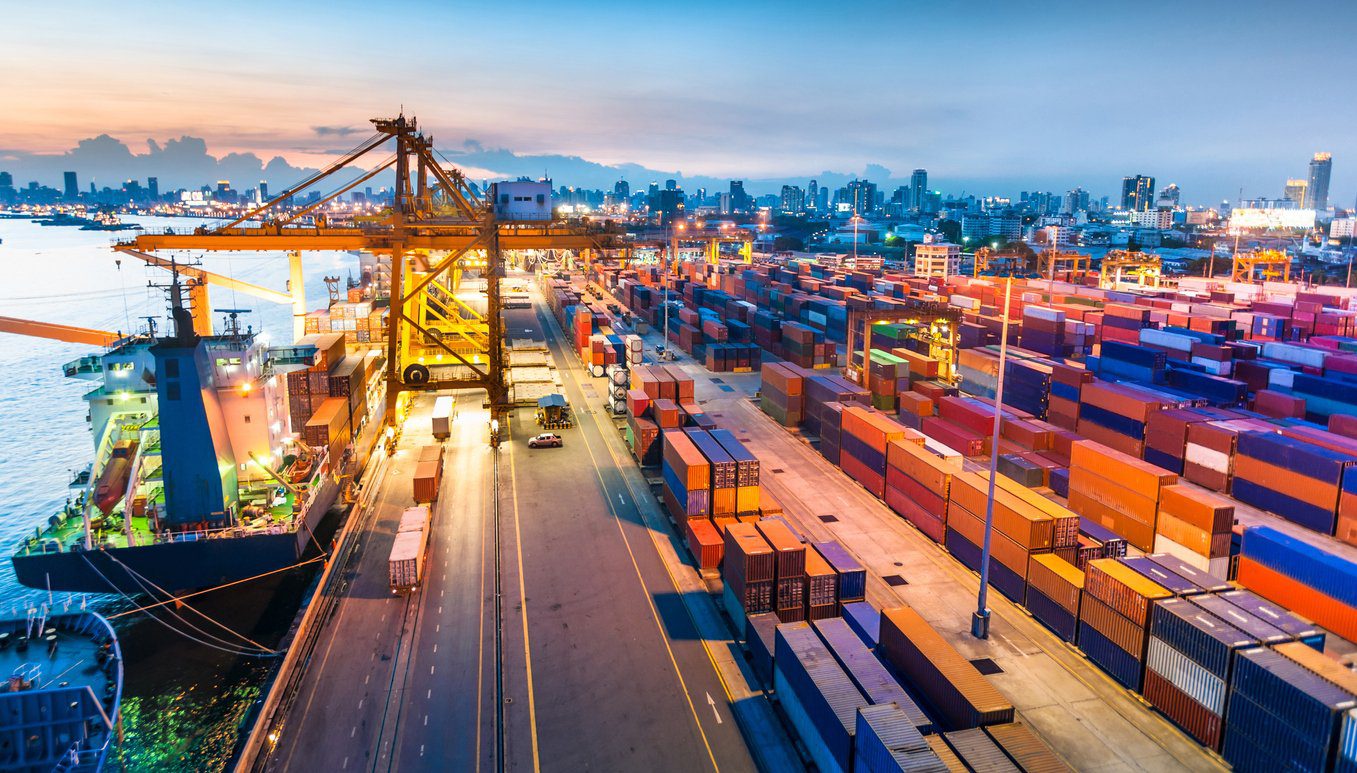Transferring products from A to B quickly and efficiently is the name of the game in the constantly moving world of transportation and logistics. Unfortunately, a myriad of variables means this process is rarely as easy as ABC at the best of times – and 2020 is proving more algebra than alphabet. Navigating a clear course within the sector has never been so challenging. Existing risks have been overshadowed – or in some cases accelerated – by an unprecedented global event that has brought the importance of organisational resilience into sharp focus: the COVID-19 pandemic.
The pre-pandemic risk landscape
The growth of the transportation and logistics sector has been driven by some of the most significant business trends in recent times: the rapid development of digital technologies, globalisation, the evolution of sophisticated supply chains, and the rise of e-commerce. But it hasn’t been all plain sailing.
With progress comes change, and with change comes risk. New technology, new market entrants, new customer expectations, and new business models have given rise to a wave of challenges that require proactive organisational resilience strategies – from demand for a better service at a lower cost and the need to finance ‘digital fitness’ to customers establishing their own logistics operations.
If that wasn’t enough to keep executive leaders and risk professionals busy, the UK and EU have been grappling with an unprecedented period of political change in the shape of Brexit. The uncertainty surrounding this historic – and extremely divisive – event has spawned major operational concerns: delays at ports, mandatory border checks, availability of drivers and their eligibility to operate, and processing the required paperwork.
COVID-19 puts the breaks on
In the dynamic world of risk and resilience, anything is possible. While whispers of a virus in China were uttered in late 2019, as 2020 dawned it was still Brexit et al. that were considered the most immediate risks to the transportation and logistics sector. By March, however, organisations were forced to do a U-turn after the rapid spread of COVID-19 precipitated lockdowns across the globe.
These government-mandated emergency measures triggered sudden complications for the sector: international travel restrictions, declines in oil demand, interruptions to operations, and damage to supply chains. To complicate matters, they also sparked a sudden surge in the use of e-commerce and home delivery services by consumers attempting to avoid potential health risks – increasing demand and leading the UK government to assign many within the sector as ‘key workers’.
Let’s take a closer look at how some of these disruptions have manifested themselves:
- Supply chains: disruptions to manufacturing have rippled through global supply chains. Shutdowns during the pandemic have revealed how fragile lengthy, complex supply chains can be – and how much society relies on them remaining efficient. Even when factories and warehouses reopened, social distancing protocols – introduced to ensure the safety of workers – have contributed to bottlenecks for freight.
- Land freight: trucking capacity has been strained by additional demand – particularly for food and medical supplies – combined with reduced employee availability. For example, in India, lockdown restrictions created a shortage of truck drivers, resulting in a build-up of over 50,000 containers in the ports of Chennai, Kamajarar, and Kattupalli.
- Shipping: global ports have imposed operational restrictions, leading to shipping capacity reductions. For example, total container volumes handled at Chinese ports fell by more than 10 per cent in the first months of 2020.
- Airfreight: lockdowns resulted in a 19 per cent fall in air freight volumes in March, due to widespread cancellations in passenger flights – which carry freight as belly cargo – combined with a drop in manufacturing in China. While air freights have increased, as governments turn to air cargo for essential goods, some carriers are experiencing delays caused by increased congestion at airports.
How can the sector get back on track?
Looking ahead, organisational resilience planning for the transportation and logistics sector must have supply chain resilience at its core – from production and storage to shipping and delivery. Proactive measures that can mitigate the impact of similar events on intricate networks in the future include:
- Stock building: this practice of building up stock facilities – such as warehouses and external storage – is commonly used to reduce risk and build resilience during uncertain times.
- Automation: technology such as automated guided vehicles (AGVs) and automated storage and retrieval (ASRS), increase efficiency, speed, accuracy, and productivity by reducing human error and intervention. Automation also addresses labour shortages by mechanising highly manual and repetitive processes.
- Dynamic and near sourcing: the pandemic has highlighted the difficulties associated with being dependent on just a few international suppliers. Dynamic Sourcing helps businesses overcome the risk of discontinuity in supply by allowing them to switch suppliers dynamically depending on the circumstances. Near sourcing reduces the risk of disruptions by helping businesses work with alternative suppliers in the local market.
- Embracing e-commerce: the convenience and efficiency of e-commerce is forcing businesses to rethink their overall sales and distribution strategies – a trend that has been accelerated by the pandemic. E-commerce is not just here to stay; it’s growing exponentially, and companies must adapt to survive.
Driving positive change using technology
How can a business integrate software that drives meaningful decision-making from a risk perspective using data that is aligned to its objectives and KPIs? This question is often asked by organisations as they strive to adapt and be resilient during normal business operations and through disruptive events.
Camms business solutions have the power to integrate meaningful risk, strategy, project, and people solutions, helping you make the right decisions, manage risks, align talent and focus on what matters.
Find out more about how Camms support other Transport and Logistics organisations and request a demo today.
Sources: International Finance Corporation





